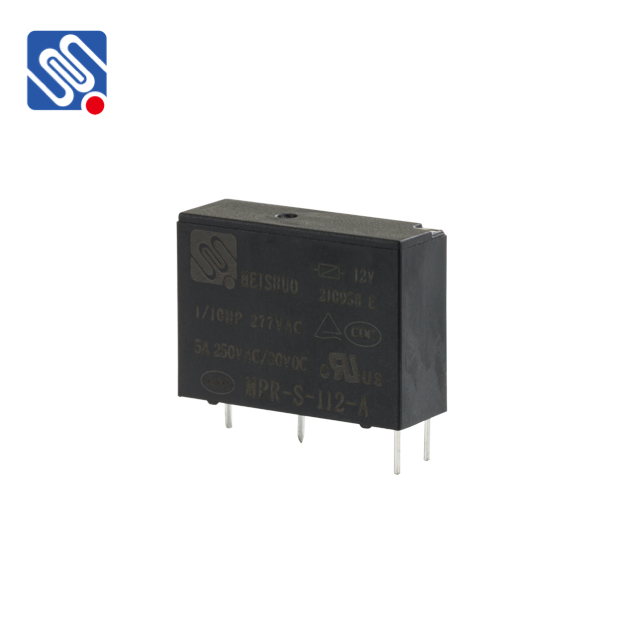understanding relay stability: a focus on meishuo technologies
Release time:2025-11-14 07:57:33
Relay stability is a critical aspect of electrical systems, ensuring that relay protection devices operate effectively without causing unnecessary disruptions. These devices are essential in safeguarding electrical circuits from faults, but their performance can be significantly influenced by factors such as system dynamics, operating conditions, and technology advancements. In recent years, companies like Meishuo Technologies have been at the forefront of innovating solutions that enhance relay stability and the overall reliability of power systems.

At its core, relay stability refers to the ability of a relay to distinguish between actual faults and transient disturbances, ensuring it only activates when needed. If a relay trips unnecessarily, it can cause unnecessary shutdowns, leading to system outages and potential damage. On the other hand, if the relay fails to trip when necessary, it can result in undetected faults, which could escalate into more severe problems, such as equipment damage or even catastrophic failures.
The key challenge in relay stability lies in the ability to accurately detect faults while distinguishing them from non-fault conditions like transients or minor disturbances. Many factors can affect this decision, including the sensitivity of the relay, system configuration, and the type of fault being encountered. For instance, a short-circuit fault is quite different from an overload or earth fault in terms of both cause and effect. A relay’s ability to handle these varying conditions and make accurate decisions is paramount in maintaining the stability and performance of the overall power system.

